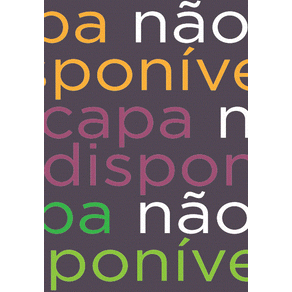Compared to Verrocchio, Botticelli, Ghirlandaio and other artists working under Lorenzo the Great in Florence, Antonio and Piero del Pollaiuolo, two enterprising sons of a poultry vendor, are rather less known. Many, including Vasari, believed that Piero was simply the assistant of his multi-talented elder brother Antonio, a painter, sculptor, goldsmith and architect. But contemporaries in the fifteenth century disagreed, identifying Piero as a painter and Antonio as a supreme goldsmith and great master in bronze. Many of the famous paintings usually credited to Antonio should in fact be reattributed to Piero, including the altarpiece of the Cardinal of Portugal in the Uffizi and the famous St Sebastian Martyr in the National Gallery, London. These panels, shiny and soft owing to the use of the new technique of oil paint, show a strong debt to Flemish painting. Antonio's greatness is seriously underestimated because much of his work has been melted down to recover the gold, silver, enamel and precious stones of which it was made. Dozens of his brooches, necklaces, bowls, candlesticks, crosses, censers, chalices and reliquaries have been lost in this way, with only documentary evidence surviving. Of what remains, the two bronze tombs of the popes Sixtus IV and Innocent VIII in St Peter's, along with an admirable corpus of drawings, attest to Antonio's visionary greatness. In the drawings, his distinctively sharp style portrays a race of fabled heroes, endowed with impossibly perfect physiques. The two Vatican tombs astounded Antonio's contemporaries, especially the monument to Sixtus IV, with its allegorical figures, antique porphyry columns and frescoes by Perugino.

